There’s something magical about the first bite of a creamy, gently sweet cheesecake that melts on your tongue.
The day I made this German Cheesecake with Quark, it brought back memories of cozy cafés tucked in Bavarian corners, where the scent of vanilla and lemon fills the air.
Unlike dense American cheesecakes, this one is light, fluffy, and surprisingly refreshing.
The base is buttery and soft, while the filling feels like a cheesecake-cloud.
Why You’ll Love This Recipe
Light and airy texture – thanks to whipped egg whites
Subtly sweet and creamy – not overly rich
Authentic German flair – traditional ingredients like quark and vanilla sugar
Elegant presentation – perfect for gatherings
Versatile garnish options – berries, whipped cream, citrus zest
Make-ahead friendly – improves after chilling
What You’ll Need (Ingredient Highlights)
Salted Butter – for both the crust and the creamy filling
Granulated Sugar – balances the tang of quark
Eggs – separated to add lift and richness
All-Purpose Flour – just enough for a soft crust
Quark (or Whole-Milk Ricotta) – the signature ingredient
Vanilla Sugar + Extract – for deep vanilla aroma
Lemon Juice – brightens every bite
Vanilla Pudding Powder – helps with creaminess and structure
Optional Garnishes – fresh berries and whipped cream for that elegant finish
Pro Tips Before You Start
Don’t skip the parchment round—it prevents sticking and makes clean-up a breeze.
Use room temperature ingredients for the best texture.
If you can’t find quark, whole-milk ricotta or farmer’s cheese is a good substitute.
Be gentle when folding in egg whites to keep the batter airy.
Let the cheesecake cool slowly in the oven to avoid cracking.
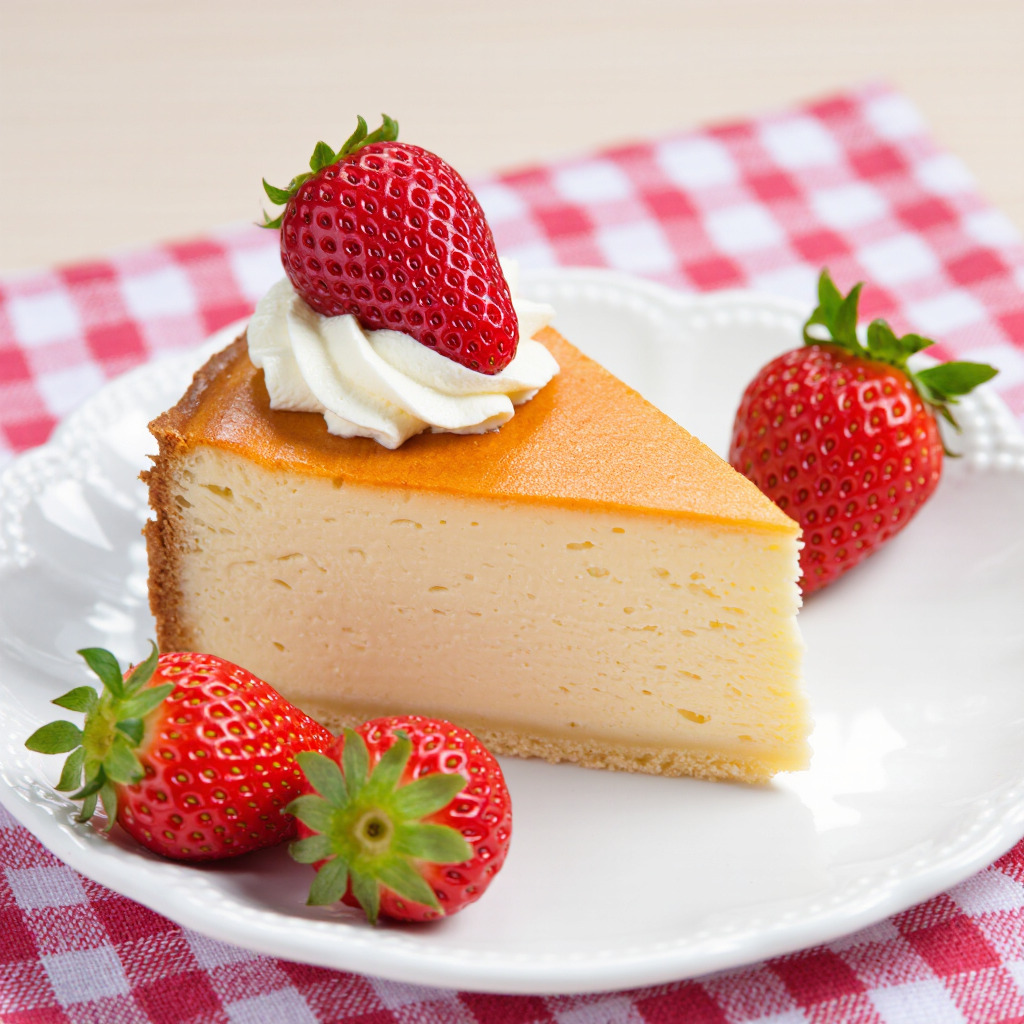
How to Make German Cheesecake with Quark
Step 1: Prep the Pan
Preheat your oven to 350°F (175°C).
Lightly grease the bottom of a 9-inch springform pan.
Add a parchment round, then generously grease the paper and sides.
Step 2: Make the Crust
In a medium bowl, mix softened butter, sugar, 1 egg, and flour until combined.
Press the dough into the bottom of the pan and slightly up the sides.
Step 3: Prepare the Filling
In a mixer, cream the remaining butter and sugar with the paddle attachment.
Separate the eggs—yolks go into the batter one at a time.
Beat well after each.
Add the quark (or ricotta), vanilla sugar, vanilla extract, lemon juice, and pudding powder.
Mix until smooth.
Step 4: Whip the Egg Whites
In a clean bowl, beat egg whites until stiff peaks form (about 5–7 minutes).
Carefully fold them into the cheesecake batter with a spatula.
Step 5: Bake
Pour the batter into the prepared pan. Smooth the top gently.
Bake for about 1 hour.
Turn off the oven, crack the door slightly, and leave the cheesecake inside for 10 minutes.
Step 6: Chill
Let the cheesecake cool to room temperature, then refrigerate for at least 2 hours.
Serve cold with whipped cream and berries, if desired.
What to Serve It With
Lightly sweetened whipped cream
Mixed fresh berries (raspberries, strawberries, or blueberries)
A drizzle of berry coulis or lemon glaze
Hot coffee or chilled dessert wine
Variations / Substitutions
No Quark? Use ricotta or farmer’s cheese.
Gluten-Free? Use a gluten-free flour blend for the crust.
Add Zest: Stir in lemon or orange zest for extra citrus punch.
Mini Cheesecakes: Bake in muffin tins for individual servings.
Storage & Leftovers
Refrigerator: Store covered in the fridge for up to 5 days.
Freezer: Wrap slices tightly and freeze up to 1 month. Thaw in the fridge overnight.
Best Served: Cold, straight from the fridge—flavor improves on day two!
FAQs
Can I make this cheesecake a day ahead?
Yes! It actually tastes better after chilling overnight.
What’s the best substitute for quark?
Whole-milk ricotta or farmer’s cheese works best.
Do I need to use vanilla pudding powder?
Yes, it helps stabilize and add creaminess. Use instant or cook & serve.
Can I add fruit into the batter?
It’s best to keep it plain, but you can gently swirl in some fruit preserves.
Why do I need to whip the egg whites?
Whipping the whites makes the texture lighter and airier—key for this German-style cheesecake.
Can I skip the crust?
Yes, for a crustless version, simply pour the filling into a greased pan.
Can I use a different pan size?
A 9-inch springform is best. Adjust bake time slightly for larger or smaller pans.
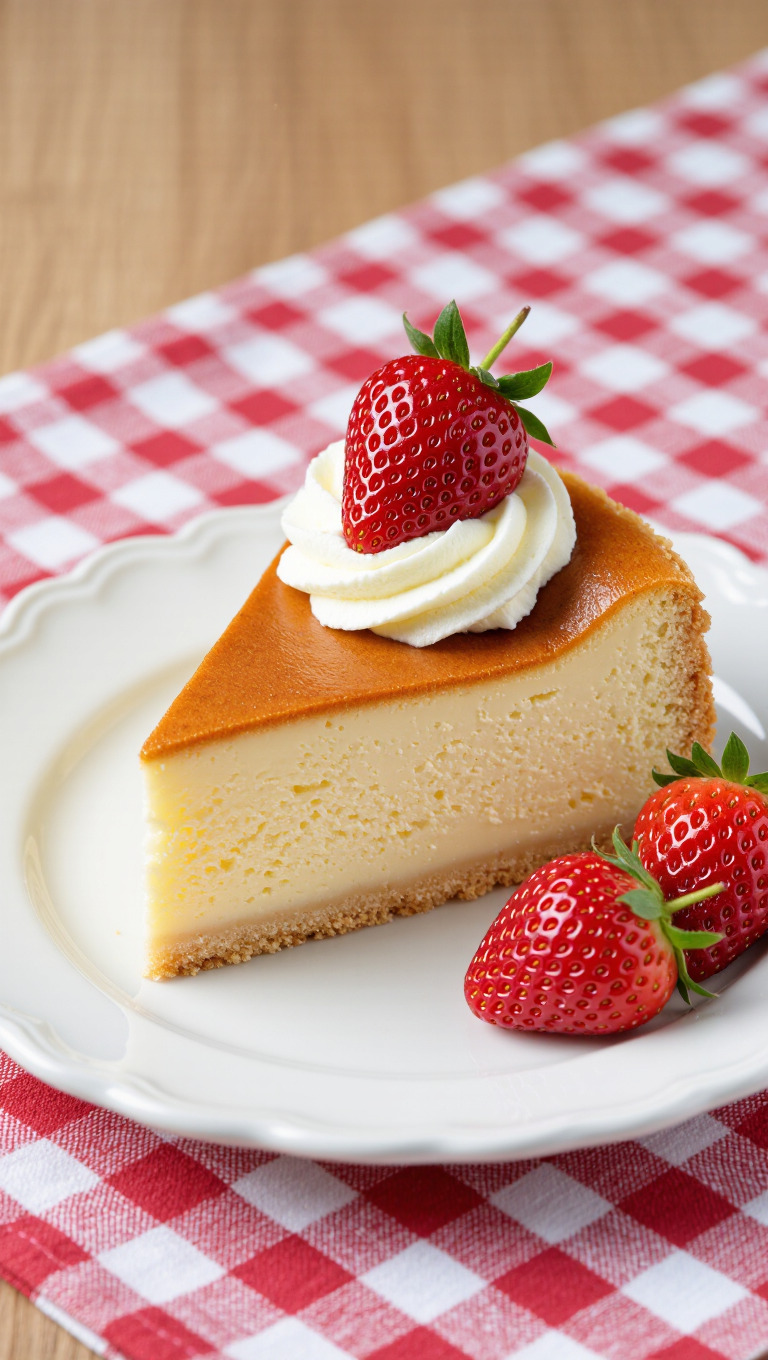
Final Thoughts
This German Cheesecake with Quark is elegant yet comforting, and surprisingly simple to make.
Whether you serve it at a family gathering or savor it quietly with your morning coffee, it’s a dessert that whispers warmth and tradition.
I hope you fall in love with it as much as I did!
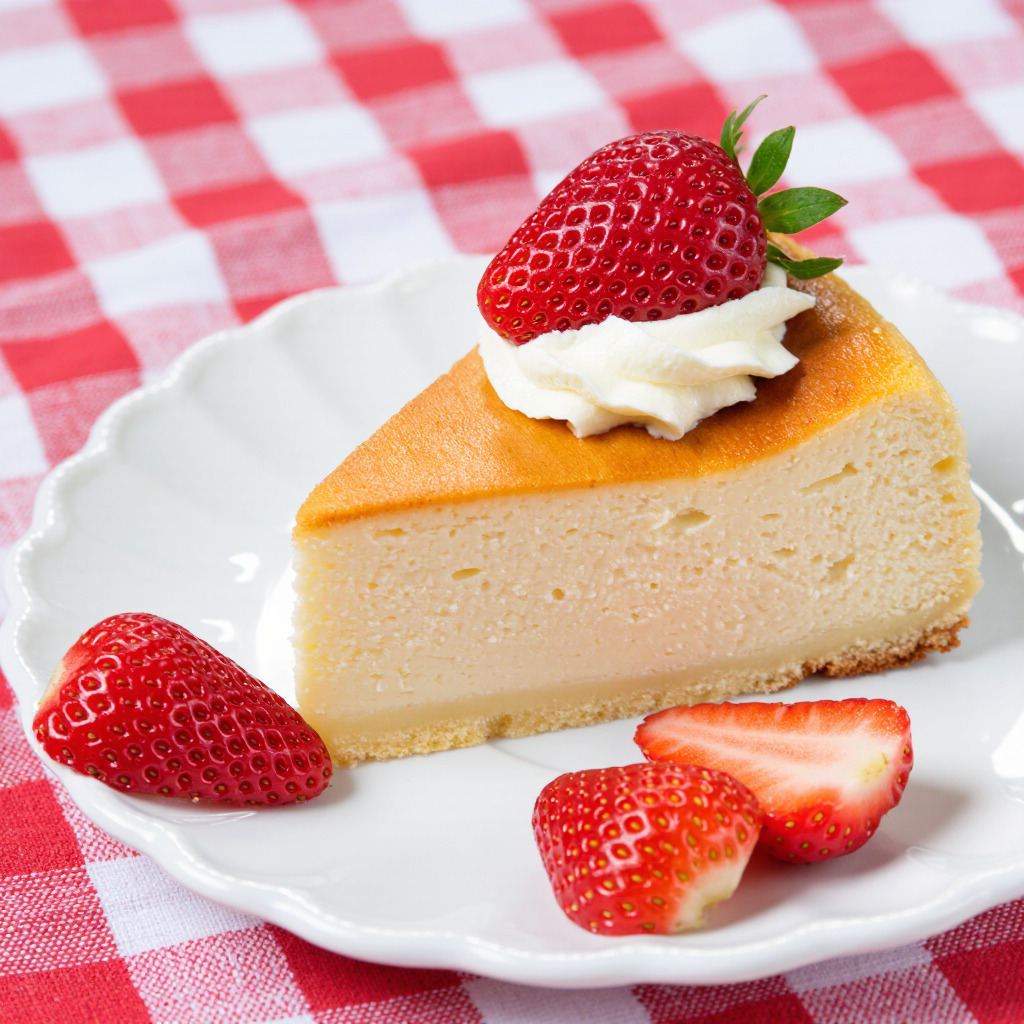
German Cheesecake with Quark
Ingredients
- ¾ cup + 2 Tbsp 200g salted butter, slightly softened
- 1 cup 225g granulated sugar
- 6 eggs separated
- 1 cup 225g all-purpose flour
- 4 cups quark or whole-milk ricotta
- 1 packet vanilla sugar 0.32 oz or 9g
- 2 tsp vanilla extract
- 1 Tbsp lemon juice
- 1 packet vanilla pudding powder 1.5 oz or 43g
- Optional: fresh whipped cream and berries for garnish
Method
- Preheat oven to 350°F.
- Grease a 9" springform pan, line bottom with parchment, grease again.
- Combine ⅔ cup butter, ⅓ cup sugar, 1 egg, and flour.
- Press into the pan as crust.
- Cream remaining butter and sugar.
- Add yolks one by one, beating after each.
- Mix in quark, vanilla sugar, extract, lemon juice, and pudding powder.
- See full steps with tips & photos → https://theboatshedcafe.com/german-cheesecake-with-quark/
Notes
- If quark isn’t available, whole-milk ricotta is a great substitute, though the texture will be slightly denser.
- Make sure all ingredients are at room temperature to avoid curdling.
- Cheesecake will firm up significantly once chilled, so don’t worry if the center jiggles slightly when it comes out of the oven.

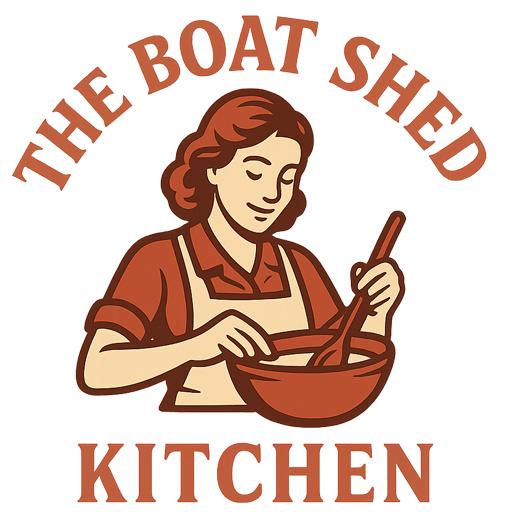
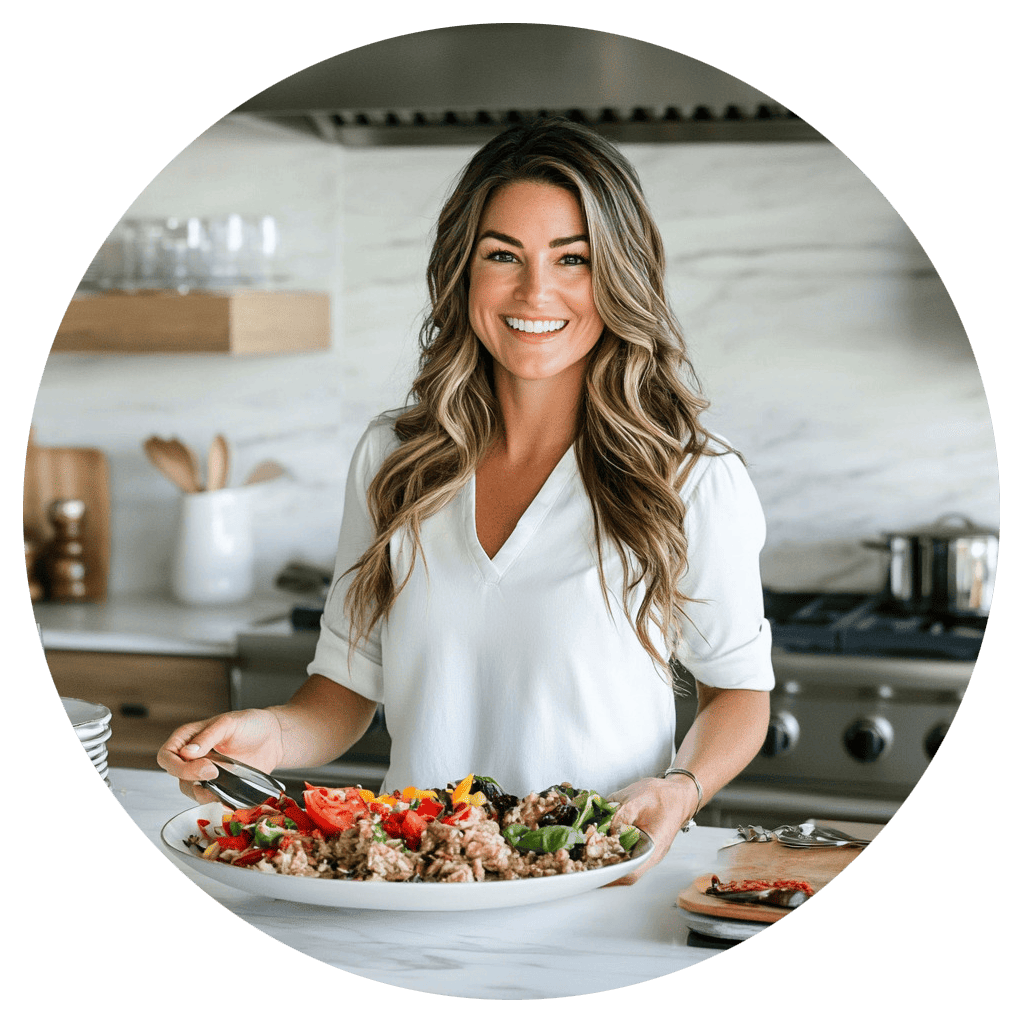 My name is Isabella, and this space was born from years of stirring sauces at sunset, baking cookies while the kids played on the porch, and finding comfort in a homemade meal after long, busy days. Here you’ll find delicious, reliable recipes made with simple ingredients, plus easy step-by-step photos and videos to help you cook confidently at home.
My name is Isabella, and this space was born from years of stirring sauces at sunset, baking cookies while the kids played on the porch, and finding comfort in a homemade meal after long, busy days. Here you’ll find delicious, reliable recipes made with simple ingredients, plus easy step-by-step photos and videos to help you cook confidently at home.